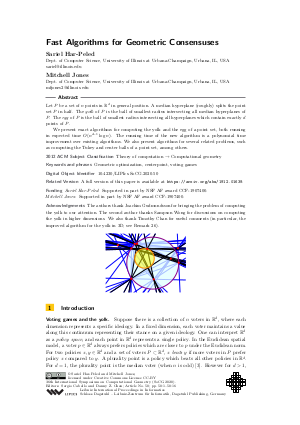LIPIcs.SoCG.2020.50.pdf
- Filesize: 3.51 MB
- 16 pages

 Creative Commons Attribution 3.0 Unported license
Creative Commons Attribution 3.0 Unported license



Feedback for Dagstuhl Publishing